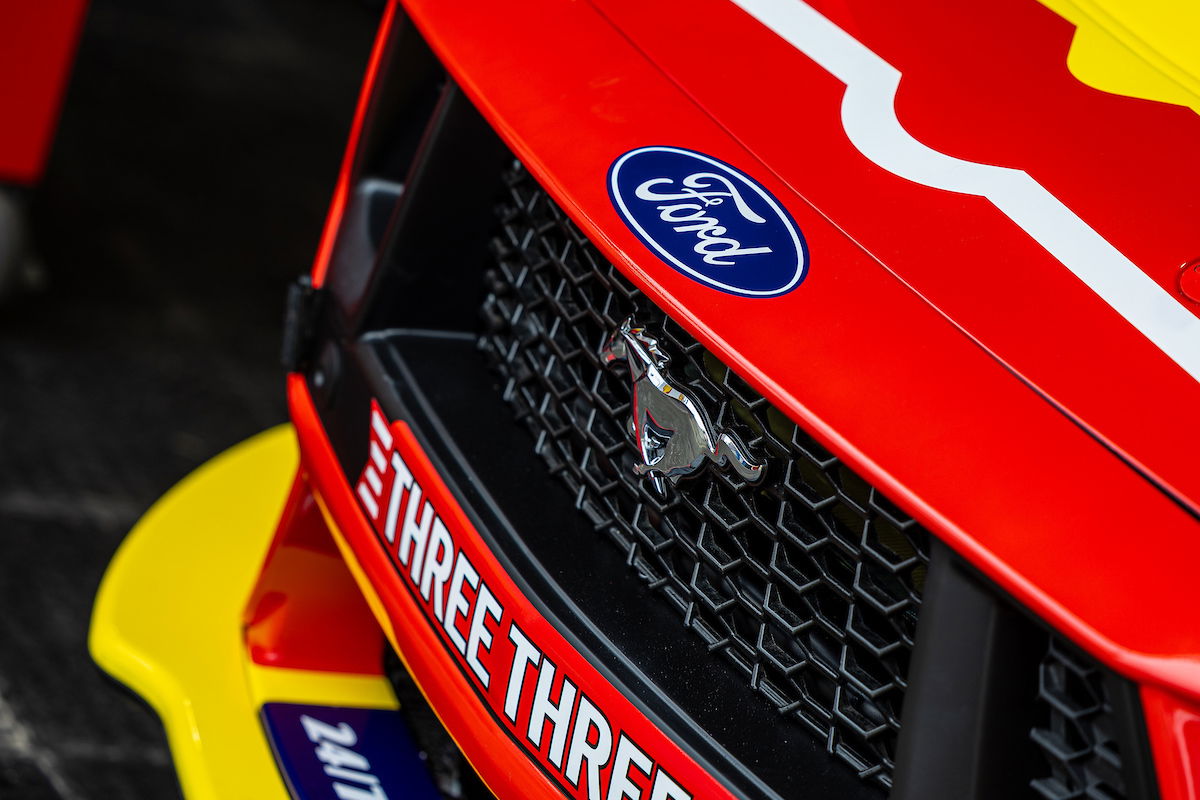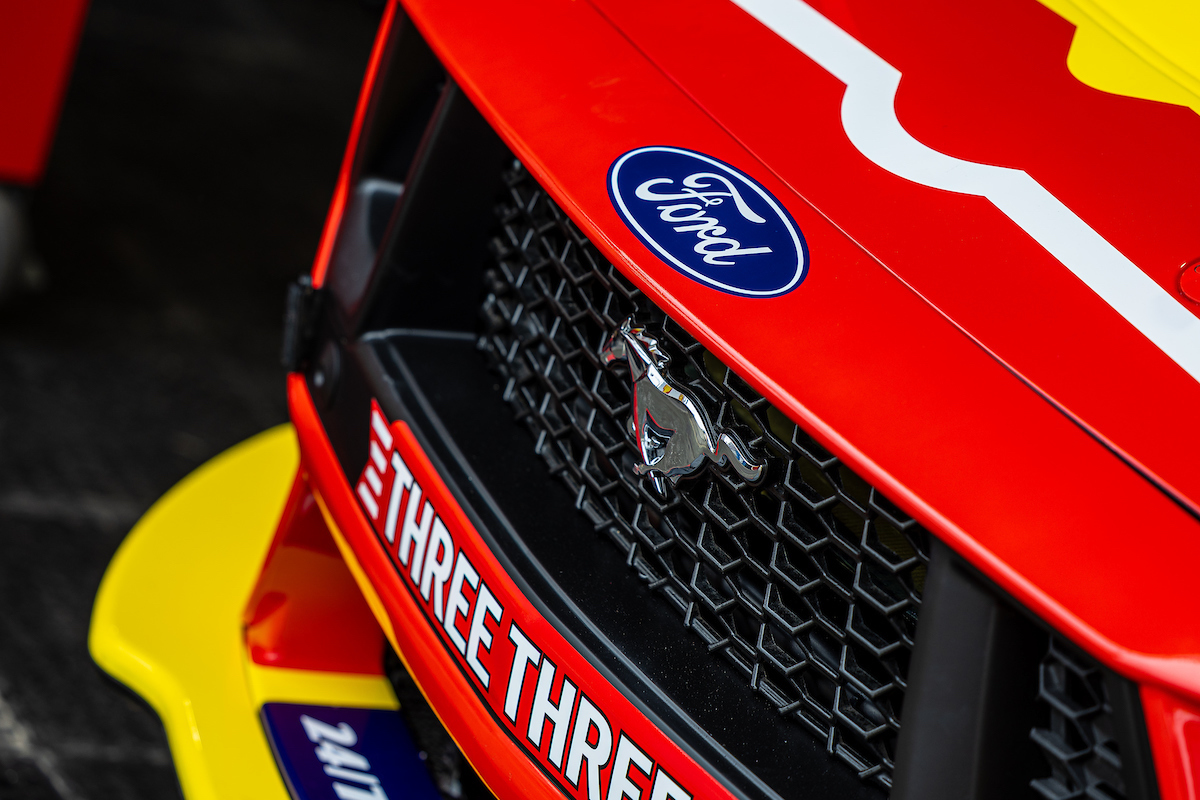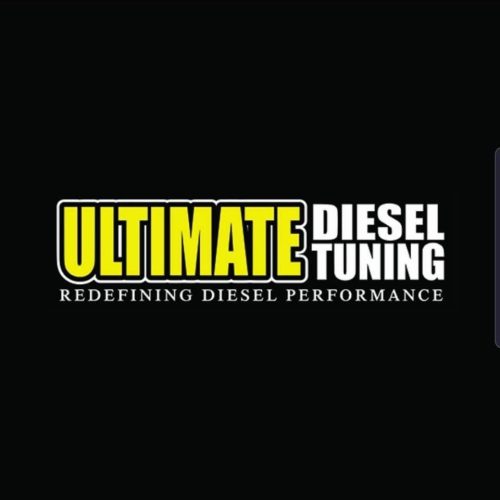

Amid widely conflicting claims, the cost of Supercars’ remedial Gen3 parity fix is heading for millions of dollars.
Even the most conservative estimates put the total bill at $2 million-$3 million, with more alarmist projections going as high as $5 million-$6 million.
Supercars owner RACE has committed to funding wind tunnel testing in America and transient dynamometer engine assessment, plus torque sensors, to ensure technical parity between the Chevrolet Camaro and Ford Mustang by the start of next year’s championship.
Forced by Ford complaints, the initiatives will add to the Gen3 development budget blow-out, soaring from the original $3 million allocation to at least $9 million all told.
Some paddock pessimists predict the final cost will be $14 million-$15 million.
The first season of Gen3 has been dogged by Ford complaints about aerodynamic and engine performance disparities, resulting in two in-season aero adjustments, and on-going engine management and gearshift cut time changes.
The latest Mustang aero tweaks appeared to aid the Fords at last weekend’s Gold Coast 500, with Cam Waters and David Reynolds scoring narrow wins over Camaro rivals Shane van Gisbergen and Brodie Kostecki respectively.
But Ford is still not happy, arguing that it also needs an engine performance upgrade.
As well as aero, equalising the disparate Gen3 V8 powerplants – Ford’s 5.4-litre quad cam versus GM’s 5.7-litre pushrod motors – is a big bane of contention.
Supercars is keeping the cost of off-shore wind tunnel testing, transient dyno running and torque sensors a closely-guarded secret.
The biggest ticket item is test time at the Windshear wind tunnel in Concord, North Carolina.
One informed source claimed the popular NASCAR aero test facility costs $5000 per minute.
The eye-watering figure is unconfirmed due to confidentiality agreements.
In any event, it will clearly be a very costly exercise.
Speedcafe has canvassed Supercars insiders, team bosses and various informed sources, learning key details.
They are:
- Supercars has booked three days at Windshear from December 7-9, with a further two days the following week if required
- Bookings run for up to 12 hours a day
- The full-size, rolling road wind tunnel tests will measure air drag, straight-line downforce and yaw (cornering) numbers
- Supercars will air freight a DJR Mustang and a Triple Eight Camaro to the States and back, costing at least $100,000
- Transient dyno testing scheduled for Melbourne soon with modifications to AVL facility, funded by Supercars
- Parallel transient dyno testing will take place in USA as back-up
All of this adds up to a big bill to sort Gen3 parity, costing millions of dollars.
For the wind tunnel test alone, a Supercars source admitted: “It’s incredibly expensive.”
An insider added: “It’s a $3 million exercise at best. There’s no way around it.”
Getting time in the Windshear wind tunnel was hard to secure because it is in such high demand.
Although helped by its NASCAR and Ford/GM contacts, the suggestion is that Supercars is paying a premium to gain access.
Informed sources also predicted that all five days would be needed to accumulate the necessary aero data, adding to the cost.
Another informant estimated the transient dyno tests here and in America could cost up to $1.5 million.
Torque sensors, another engine parity tool, have arrived and will be used in test sessions to further validate performance.
We understand Supercars has received two sets, costing $100,000.
Overall, achieving total technical parity by next season will cost at least $2 million – and probably much more.
Some Supercars figures have cautioned that the extreme numbers are inflated, but admit the $1 million-$2 million range is plausible.



















